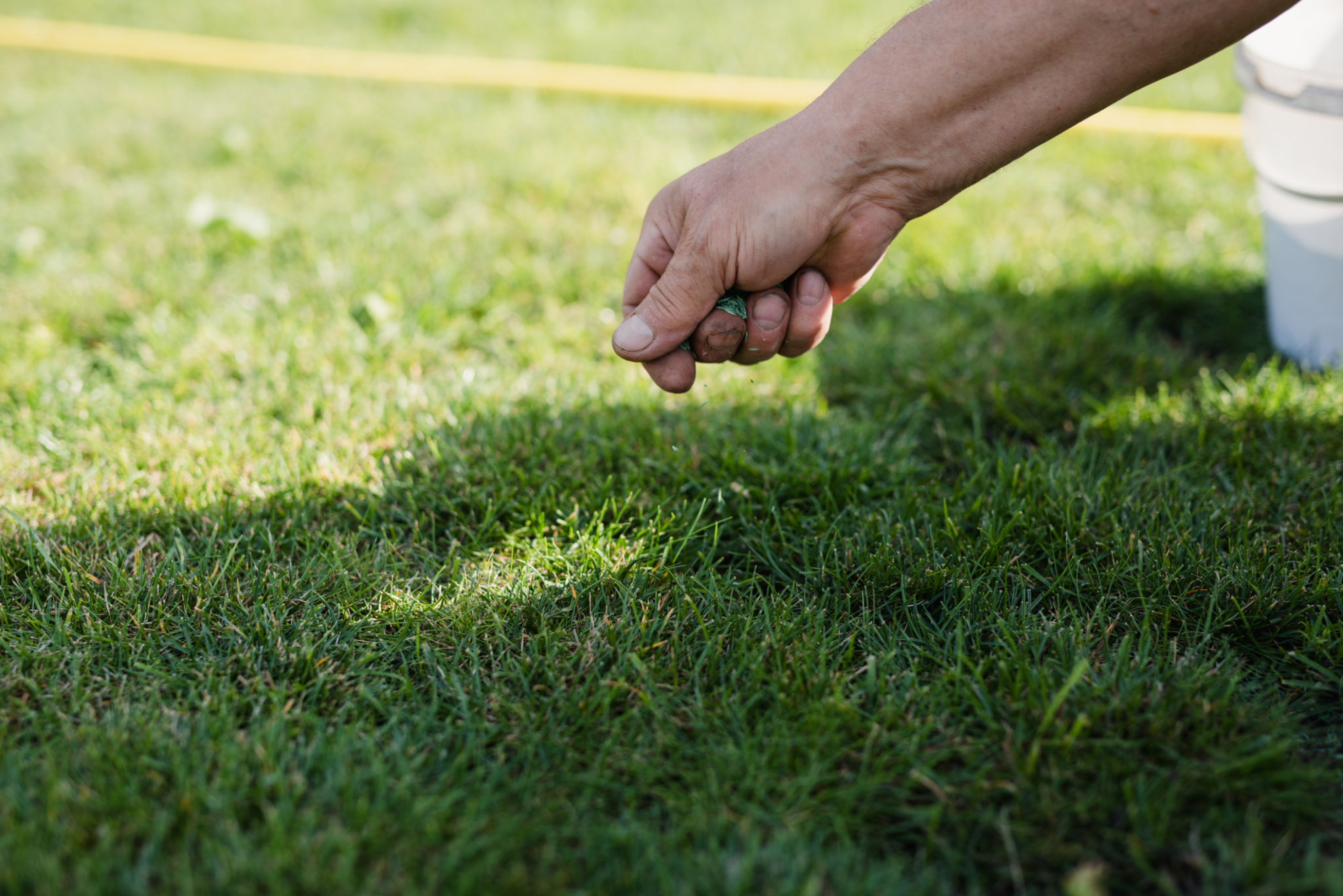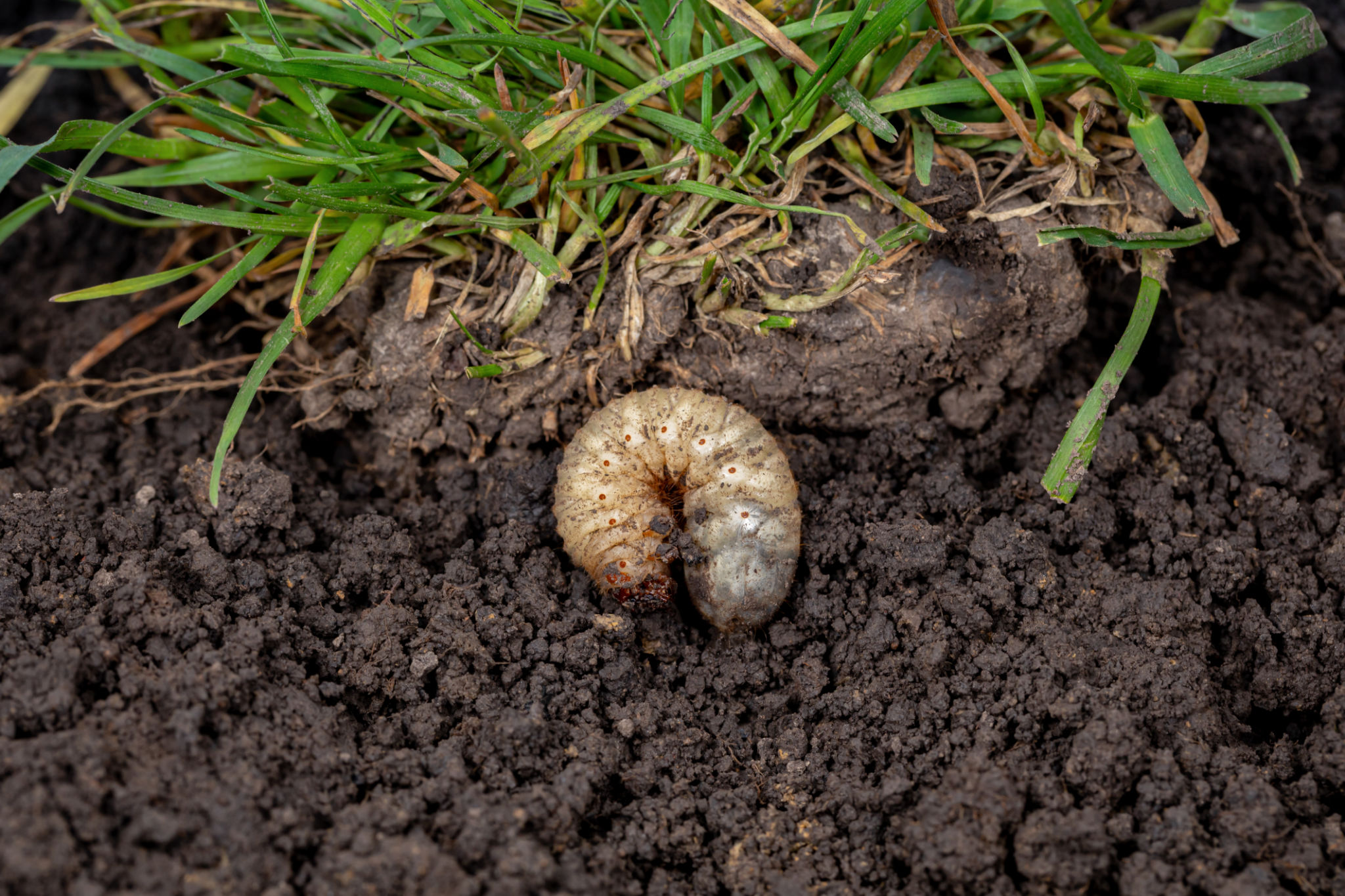Preparing Your Lawn for Spring in Hamilton: Essential Lawn Care Tips
HS
Assess Your Lawn's Current Condition
As the chill of winter begins to fade, it's time to turn your attention to your lawn in Hamilton. The first step in preparing your lawn for spring is to assess its current condition. Look for any signs of damage caused by cold weather, pests, or disease. Identifying problem areas early will help you take the necessary steps to revive your lawn.
Check for bare patches or areas where the grass looks particularly weak. These are often indications of underlying issues that need to be addressed before they worsen. Understanding the specific challenges your lawn faces will guide your approach to springtime lawn care.

Clean Up and Remove Debris
Winter can leave behind a mess of fallen leaves, twigs, and other debris scattered across your lawn. Before you can start nurturing your grass, it's important to give your lawn a thorough cleanup. Removing debris not only improves the appearance of your lawn but also allows the grass beneath to breathe and access sunlight.
Use a rake to gently remove leaves and other loose materials. Be careful not to rake too aggressively, as this can damage new grass shoots that may already be emerging. Pay special attention to areas around trees and shrubs where debris tends to accumulate.
Aerate the Soil
Aerating your lawn is a crucial step in promoting healthy growth as it allows air, water, and nutrients to penetrate the soil more effectively. This process involves perforating the soil with small holes to alleviate soil compaction, which is common after the winter months.
You can use a manual aerator or a machine designed for the task. If you're unsure about how to aerate or if your lawn requires professional assistance, consider reaching out to local lawn care experts in Hamilton for guidance. Aeration helps create a conducive environment for grassroots to develop strong and deep systems.

Fertilize for Optimal Growth
After aerating, it's time to give your lawn a nutrient boost with fertilizer. Choose a high-quality fertilizer that's suitable for spring application and rich in nitrogen, phosphorus, and potassium. These nutrients support healthy growth and vibrant green color.
Apply the fertilizer evenly across your lawn, following the package instructions carefully. It's best to fertilize when the soil is moist but not overly wet, which ensures better absorption of nutrients by the grass roots.
Overseed Bare Patches
If your assessment revealed bare patches in your lawn, overseeding is an effective way to encourage new grass growth. Select a grass seed that matches your existing lawn type for consistency in appearance and texture.
Spread the seeds evenly over the bare areas and gently rake them into the soil. Water the seeded areas lightly but regularly to keep the soil moist until the new grass begins to sprout. Consistent care will result in a lush and full lawn as spring progresses.

Regular Watering and Maintenance
As temperatures rise, maintaining an appropriate watering schedule becomes essential. Deep, infrequent watering is more beneficial than frequent shallow watering as it encourages deeper root growth. Water early in the morning or late in the afternoon to minimize evaporation.
In addition to watering, regular mowing is crucial to keep your lawn looking neat and healthy. Adjust your mower blades to a higher setting initially, as cutting too short can stress the grass. Gradually lower the blades as spring turns to summer.
Monitor for Weeds and Pests
Springtime can also bring unwelcome guests in the form of weeds and pests. Keep an eye out for common weeds like dandelions and crabgrass, which can quickly take over if left unchecked. Use a targeted herbicide if necessary, but always follow safety guidelines.
Pests like grubs may also become active during this time. Watch for signs of pest activity, such as wilting grass or brown spots, and take action promptly with appropriate treatments. Keeping pests in check will prevent damage and ensure robust growth throughout the season.
